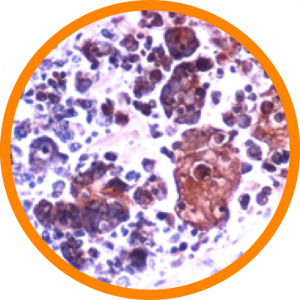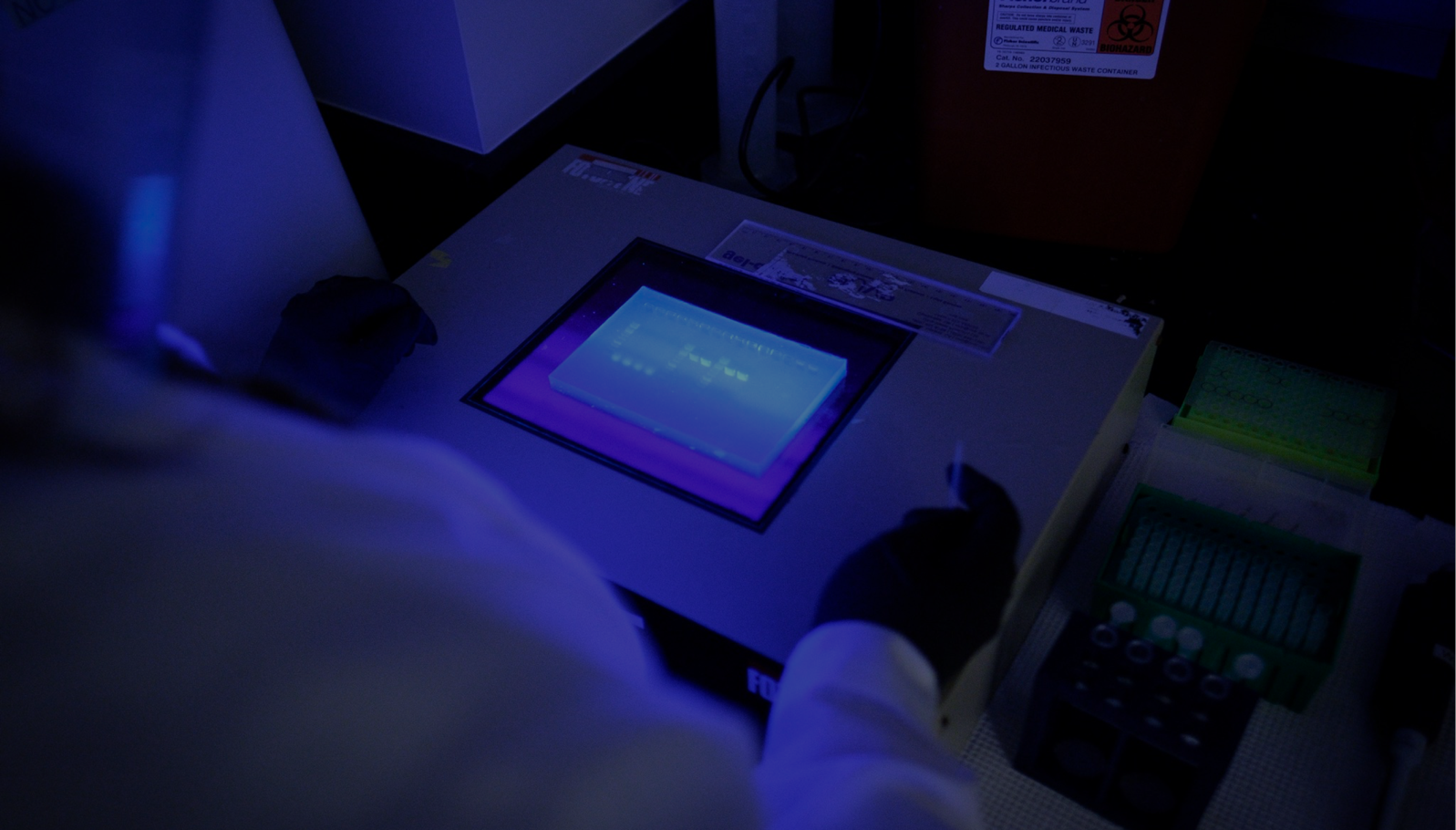Overview

Herpes simplex virus 1 and 2 (HSV-1 and HSV-2) are two members of the herpes virus family, Herpesviridae, that infect humans. Both HSV-1 (which produces most cold sores) and HSV-2 (which produces most genital herpes) are ubiquitous and contagious.
Generally, a person can only get HSV-2 infection during sexual contact with someone who has a genital HSV-2 infection. Transmission can occur from an infected partner who does not have a visible sore and may not know that he or she is infected.
HSV-1 can cause sores in the genital area and infections of the mouth and lips, so-called “fever blisters.” HSV-1 infection of the genitals is caused by mouth-to-genital or genital-to-genital contact with a person who has HSV-1 infection.
There is no treatment that can cure herpes. Antiviral medications can prevent or shorten outbreaks during the period of time the person takes the medication. Daily use of antiviral medication can reduce the likelihood of transmission to partners. Research to develop vaccines against herpes is advanced, though no viable vaccine candidates for the infection has yet emerged.
Source: Centers for Disease Control and Prevention
OUR FOCUS
CERID’s work in this area is focused on vaccine development.
Associated labs



